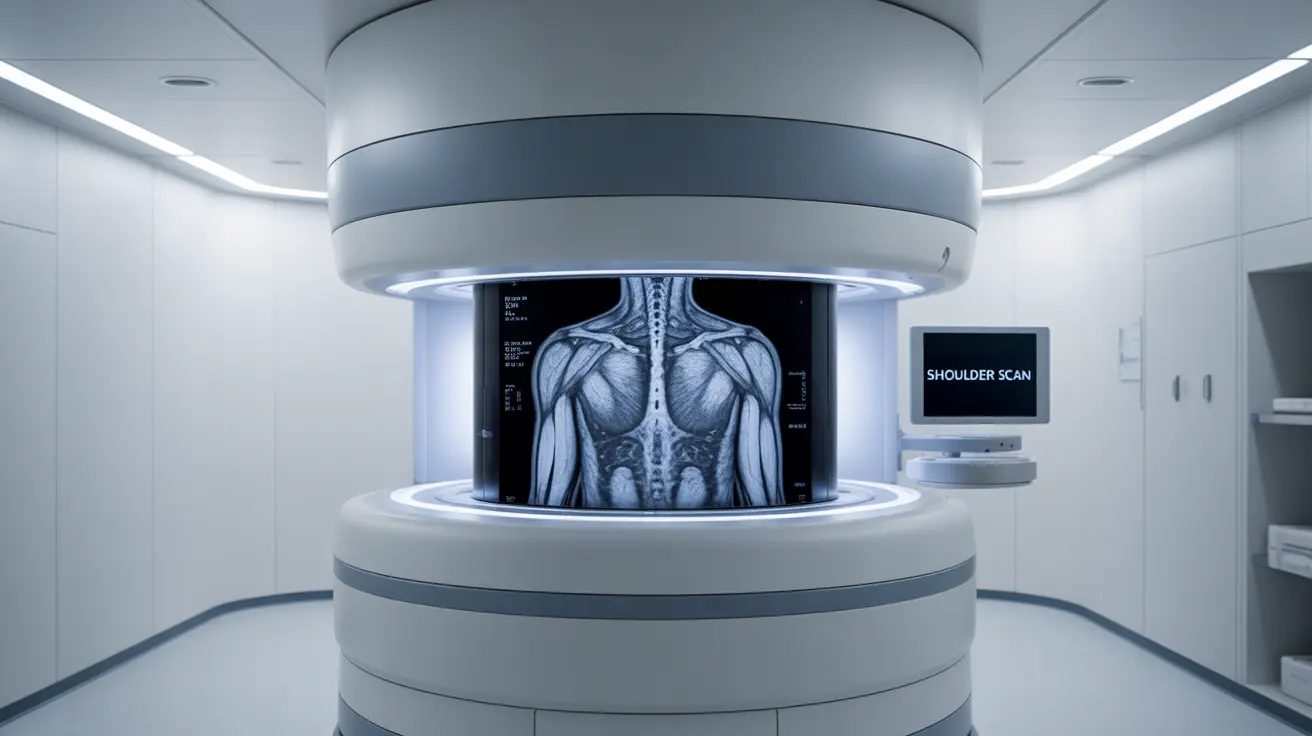A left shoulder MRI (Magnetic Resonance Imaging) is a powerful diagnostic tool that provides detailed images of your shoulder's internal structures. This non-invasive imaging technique uses powerful magnets and radio waves to create precise, three-dimensional views of the muscles, tendons, ligaments, bones, and surrounding tissues in your left shoulder joint.
Understanding what to expect during a left shoulder MRI can help ease any anxiety about the procedure and ensure you're properly prepared for this important diagnostic test. Whether you're dealing with an injury, chronic pain, or unexplained symptoms, this guide will walk you through everything you need to know about left shoulder MRI scans.
What a Left Shoulder MRI Can Detect
A left shoulder MRI excels at identifying various conditions and injuries that might not be visible on other imaging tests. This advanced imaging technique can reveal:
- Rotator cuff tears or injuries
- Labral tears
- Shoulder joint inflammation
- Ligament and tendon damage
- Bone marrow changes
- Arthritis-related conditions
- Signs of infection
- Tumors or masses
Preparing for Your Left Shoulder MRI
Proper preparation is essential for obtaining clear, accurate images during your left shoulder MRI. Here are the key steps to prepare:
Before the Scan
- Remove all metal objects, including jewelry and watches
- Inform your healthcare provider about any medical implants
- Wear comfortable, loose-fitting clothing
- Avoid wearing makeup or hair products
- Follow any specific instructions regarding eating or drinking
- Arrive at least 30 minutes before your appointment
Additional Considerations
If you experience claustrophobia or anxiety, discuss this with your healthcare provider beforehand. They may recommend medication to help you relax during the procedure.
The MRI Procedure Experience
During a left shoulder MRI, you'll lie still on a padded table that slides into the MRI machine. The procedure typically takes 30-45 minutes, during which you'll hear various clicking and humming sounds as the machine captures images.
With or Without Contrast
Some shoulder MRIs require contrast dye for enhanced image clarity. If needed, this contrast material is administered through an IV before the scan begins. Your doctor will determine whether contrast is necessary based on your specific condition.
Safety and Risk Factors
Left shoulder MRI scans are generally very safe, but there are important considerations to keep in mind. The procedure is:
- Radiation-free
- Non-invasive
- Pain-free
- Generally safe for most people
However, certain individuals should inform their healthcare provider if they have:
- Metal implants or devices
- Pacemakers
- Artificial joints
- History of working with metal
- Pregnancy
- Claustrophobia
Frequently Asked Questions
What conditions or injuries can a left shoulder MRI detect that other imaging tests like X-rays cannot?
An MRI can detect soft tissue injuries, including rotator cuff tears, labral tears, ligament damage, and inflammation that X-rays cannot show. It also provides detailed views of cartilage damage and early arthritic changes.
How should I prepare for a left shoulder MRI scan to ensure clear and accurate images?
Remove all metal objects, wear comfortable clothing without metal components, and inform your provider about any medical implants. Arrive early, and follow any specific instructions about eating or drinking before the scan.
Is a left shoulder MRI scan safe, and are there any risks or side effects I should be aware of?
Left shoulder MRI scans are generally very safe with no radiation exposure. The main risks involve people with certain metal implants or devices. Some patients may experience claustrophobia, and there's a small risk of allergic reaction if contrast dye is used.
What can I expect during a left shoulder MRI, including the procedure duration and any use of contrast dye?
The procedure typically takes 30-45 minutes. You'll lie still on a table that moves into the scanner. The machine makes loud noises while capturing images. If contrast is needed, it's administered through an IV before the scan begins.
How does a left shoulder MRI help doctors decide the best treatment or surgery for shoulder pain or injury?
The detailed images from an MRI help doctors precisely identify the location and extent of injury or damage, allowing them to determine the most appropriate treatment approach, whether conservative management or surgical intervention is needed.




